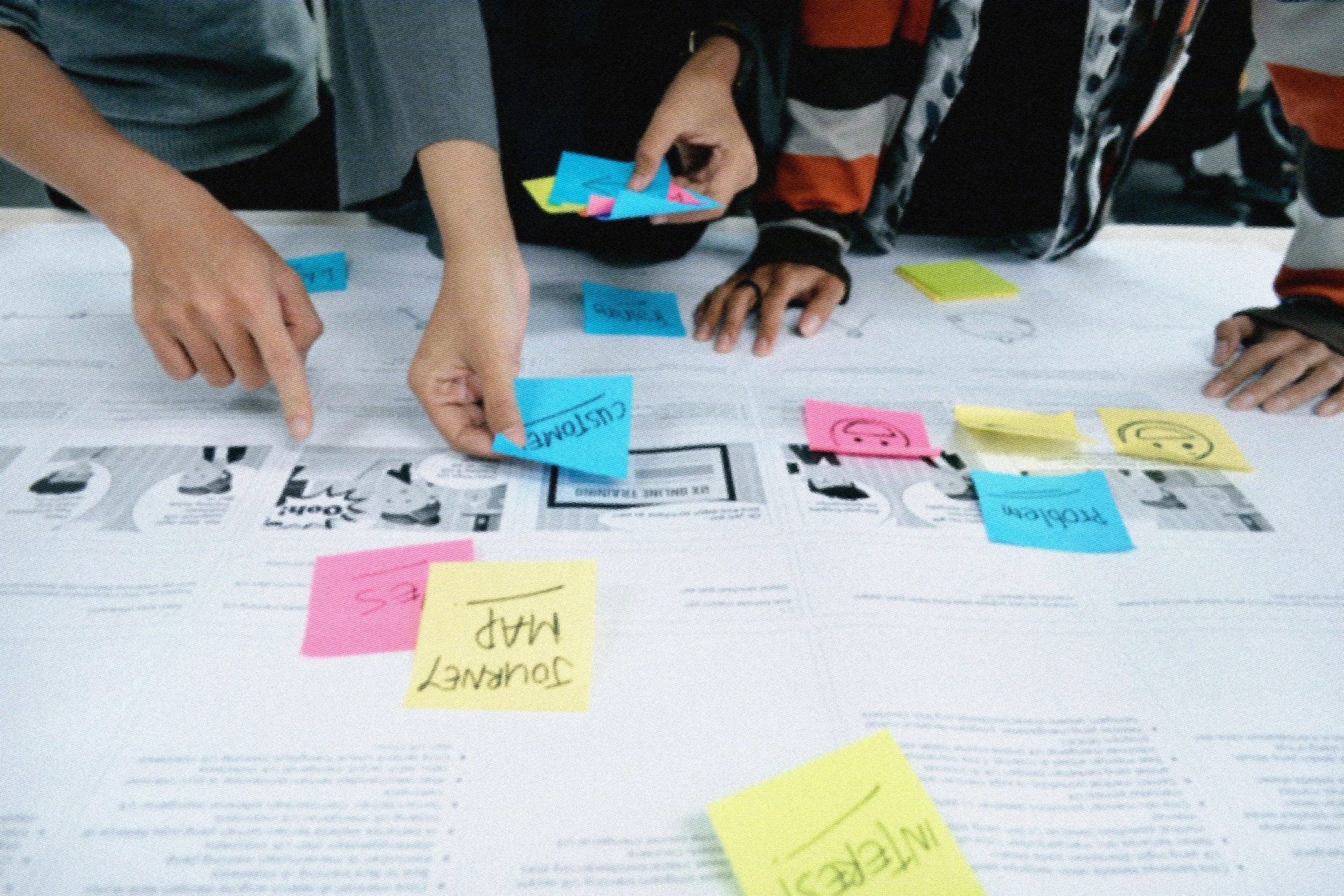The Role of Flexibility in Effective Project Planning
When it comes to effective project management, having a detailed plan is essential—but so is the ability to adapt. Flexible project planning isn’t just a nice-to-have; it’s a must, especially when working in dynamic, community-focused environments.
Whether you're leading a nonprofit initiative, managing a grassroots program, or coordinating a funding proposal, the most impactful projects are built on structure that supports flexibility. In today’s ever-changing landscape, the ability to pivot, adjust timelines, and respond to new information is what sets successful project leaders apart.
What Is Flexible Project Planning?
Flexible project planning means designing your project with room to adapt. It involves setting clear goals and milestones while leaving space for changes, collaboration, and community input. Instead of locking into one path, flexible plans allow for ongoing learning, reflection, and adjustment.
In community-based work, this approach is especially important. Local needs shift. New voices emerge. Unexpected barriers (or opportunities) appear. Adaptive planning keeps your project grounded and relevant—even when circumstances change.
Why Flexibility Is Crucial for Effective Project Management
Integrating flexibility into your project planning process allows you to:
Respond to emerging needs from your community or stakeholders
Improve collaboration by incorporating feedback throughout the project cycle
Manage risks by creating contingency plans and built-in buffer time
Enhance long-term impact by making space for innovation and continuous learning
In short, flexible project management supports better outcomes, deeper community engagement, and stronger relationships with partners and funders.
How to Build Flexibility into Your Project Plan
Being flexible doesn’t mean being unorganized. In fact, it often requires more intentionality and communication. Here are five strategies to help you build flexibility into your planning process:
1. Build in Buffer Time
Add space between key milestones to allow for delays, feedback loops, or unplanned opportunities.
2. Use Adaptive Planning Tools
Tools like living documents, Kanban boards, or digital project management platforms (like Trello or Asana) make it easier to shift priorities while keeping the big picture in view.
3. Plan for Multiple Scenarios
Outline what your project looks like under best-case, worst-case, and most-likely conditions. This helps you prepare mentally and strategically for the unknown.
4. Set Regular Check-In Points
Schedule team or partner check-ins at key stages to reassess goals, timelines, and roles based on what’s working (and what’s not).
5. Define What Can Flex—and What Can’t
Clarify which components of the project are non-negotiable (e.g., funder requirements, safety protocols) and where there’s room to shift.
Flexibility Supports Stronger Community Engagement
For community-based organizations, flexibility is more than a planning strategy—it’s a relationship strategy. It shows that you’re listening, that you value lived experience, and that you’re willing to co-create solutions rather than impose them.
When people feel like their voices can shape the project—not just respond to it—they show up with more commitment, creativity, and care.
Final Thoughts
At Thrive & Connect Community Consulting, we specialize in helping organizations build responsive, people-centered plans that lead to real impact. Whether you're developing a new initiative, applying for funding, or mapping out your next strategic move, flexible project planning can help you stay grounded, adapt with confidence, and deliver outcomes that matter.
If you're ready to strengthen your next project with thoughtful planning and community-based strategies, let’s talk.


